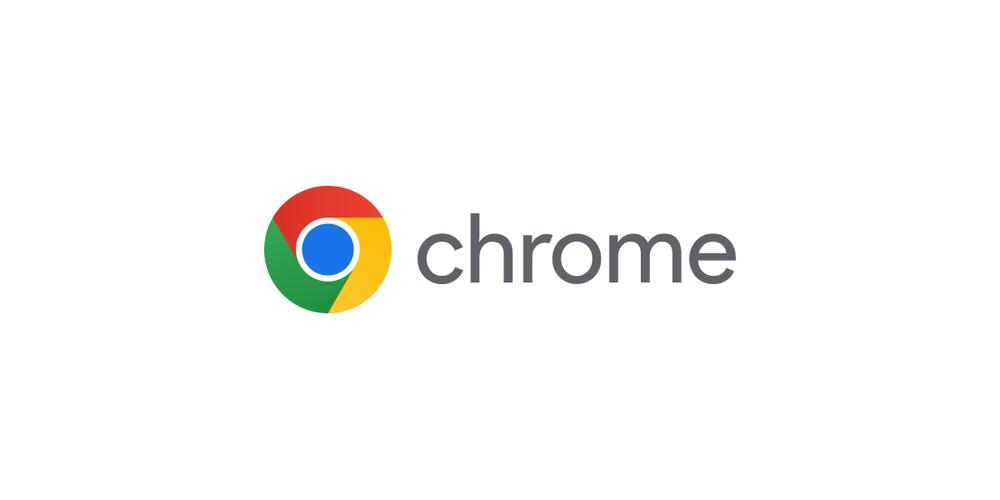As the two most widely used web browsers worldwide, there is no contest between Google Chrome and Mozilla Firefox regarding usage.
When it comes to choosing between the two, there is much room for disagreement. Undoubtedly, Google is very convenient, but Firefox cares about your privacy, so you will need to consider your expectations when selecting your browser.
Undoubtedly, Google is very convenient, but Firefox cares about your privacy, so you will need to consider your expectations when selecting your browser.
Among the most popular web browsers out there are Firefox and Google Chrome. Both of them have a number of features that make browsing the web easier and more efficient.
There are times when people are in a bit of a dilemma about which to choose for the right purpose, so let’s take a look at some of the major differences between them and see which one may be the best for you.
Firefox

Firefox is one of the most widely used web browsers due to it being free to use, which means you do not have to pay any money for its use. However, you need to follow the license agreement as well as the community guidelines for its use in order to get the most benefit from it.
Mozilla Foundation developed this software, and all credit for its development goes to them. The Mozilla Firefox web browser, or simply Firefox, was developed by the Mozilla Foundation and its subsidiary, the Mozilla Corporation, as a free and open-source web browser for the web.
With Firefox, web pages are displayed using the Gecko rendering engine, which complies with current and upcoming web standards. In November 2017, Firefox began incorporating new technology under the code name Quantum to promote parallelism and to give users an intuitive and easy-to-use interface.
Chrome

There is no doubt that Google Chrome is one of the best web browsers in the world because it is used by more than 60 per cent of people worldwide on their computers.
Furthermore, it is also a freeware program, which means that anyone can use it for free. As well as being simple and straightforward, license agreements are also easy to understand.
Among the many cross-platform web browsers that are available today, Google Chrome is one of the most popular. Developed with free software components such as Apple WebKit and Mozilla Firefox for Microsoft Windows, the first release of this application was released in 2008 for Microsoft Windows.
It has subsequently been ported to Linux, macOS, iOS, and Android, where it has become the default browser. This browser is also the main component of ChromeOS, which is the platform for building web applications.
In addition to being a major component of ChromeOS, the browser also serves as the platform for web applications on this operating system. Chrome is a proprietary freeware product licensed under the same terms as Google’s open-source and free software project Chromium; however, most of Chrome’s source code is taken from Chromium.
Difference Between Firefox & Chrome
Features
Despite the fact that Firefox’s extension library may not be as expansive as Chrome’s in terms of the number of extensions that it offers, it still contains thousands of browser extensions that serve a variety of purposes.
In terms of most features, Chrome and Firefox have an equal level of performance. One of the biggest advantages of Chrome over Firefox is its large library of extensions, the largest library in the world when it comes to extensions.
There are a huge number of extensions available in Chrome, including auto-refresh, tab management, password management, privacy extensions, browser security extensions, and even a lot more.
Device Synchronization & User Profiles
Both Chrome and Firefox offer users the ability to sync their bookmarks, tabs, settings, and other browser data between different devices using the device sync feature.
Multiple user profiles are supported by both Chrome and Firefox. Using the browser, you have the option of creating separate user profiles so that your history, bookmarks, settings, and any other data related to the browser will remain separate from those of other users.
Tab Navigation
As opposed to many other browsers, Firefox is capable of handling a large volume of tabs by enabling horizontal scrolling instead of shrinking the tabs, as is done by many others.
Having multiple tabs open at the same time makes it a little easier to distinguish between them when the tabs are not crowded together, and more of the page’s name can be seen.
Additionally, a dropdown menu is available that shows the name of each open tab so that you can select it from there. The possibility of muting, pinning, and sending tabs to other devices is also available to you.
It is important to note that Chrome shrinks the tabs as more are added to them when there is a large number of tabs open. Even though Chrome will truncate the tab headings in the minimized tabs, at the least, the favicons will be fully displayed at the top of the folder bar, even though the tab bar gets crowded and somewhat hard to navigate.
Final Word
As you can see, we have listed all the possible details regarding Firefox and Chrome in our article. This information will help you to make an informed choice as to which one is your best choice.
However, there is no doubt that both of them are the best out there, and there are a lot of people in the world who prefer using either Chrome or Firefox for their browsing experience. The users themselves will have to decide which one is the best for them, depending on how they feel.
